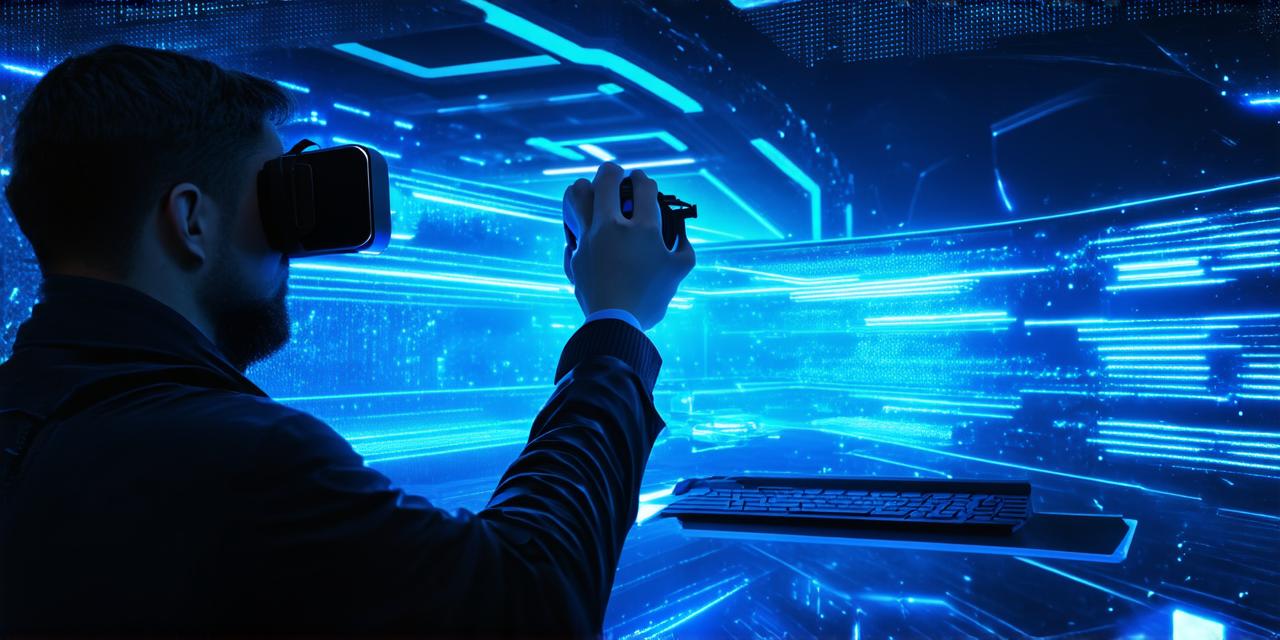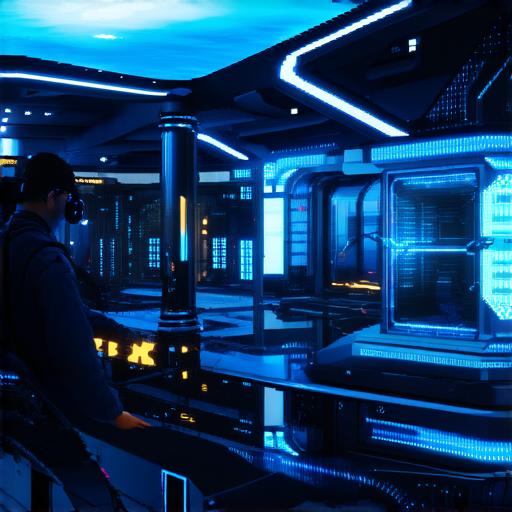
Why virtual reality is the future
Virtual reality (VR) technology has come a long way since its inception. From clunky headsets and pixelated graphics to immersive experiences that transport users into different worlds, VR has evolved into a powerful tool that can change the way we interact with the digital world.
Understanding Virtual Reality: A Brief Overview
Virtual reality is a technology that enables users to experience a simulated environment as if they were physically present in that environment. It uses sensors, cameras, and other hardware to track the user’s movements and adjust the virtual world accordingly, creating an immersive and interactive experience.
One of the key components of VR is its ability to create a sense of presence. By tricking the brain into thinking it’s in a real-world environment, VR can transport users to different locations, allow them to interact with objects and characters in new ways, and even simulate dangerous or extreme situations that would be impossible to experience otherwise.
Virtual Reality vs Augmented Reality: What’s the Difference?
While virtual reality and augmented reality (AR) are often used interchangeably, they are actually two distinct technologies with different capabilities.
Augmented reality adds digital elements to the real world, enhancing users’ perception of their surroundings. It uses cameras and sensors to overlay digital information onto the user’s view of the physical world, creating a hybrid experience that blends the real and virtual worlds. AR is often used in mobile apps for gaming or shopping, allowing users to try on clothes virtually or see how furniture would look in their home.
On the other hand, virtual reality creates a completely artificial environment that users can interact with as if they were physically present. It requires specialized hardware such as headsets and controllers, and can create highly immersive experiences that transport users into different worlds.
Virtual Reality is Already Changing the World: Real-Life Examples
Virtual reality is already transforming various industries, including gaming, education, healthcare, and more. Here are some real-life examples of how VR is being used:
- Gaming: With the rise of virtual reality, gaming has become more immersive than ever before. Games like “Beat Saber” and “Job Simulator” use VR to create a sense of presence in the user, allowing them to interact with the game world in new and exciting ways.
- Education: Virtual reality is being used in education to provide students with interactive and immersive learning experiences. For example, students can take virtual field trips to historical sites or explore the solar system in 3D.
- Healthcare: Virtual reality is being used in healthcare to simulate surgical procedures and train medical professionals. It’s also being used in pain management and therapy, allowing patients to experience a sense of presence and distraction during painful procedures.
- Tourism: With virtual reality, people can take virtual tours of museums, historical sites, and other attractions from the comfort of their own homes. This not only saves time and money but also makes travel more accessible for people with disabilities or those who can’t afford to travel.
- Training: Virtual reality is being used in training for a variety of industries, including military, aviation, and emergency services. It allows trainees to experience realistic scenarios in a controlled environment, improving their skills and reducing the risk of injury.
Virtual Reality vs Traditional Media: A Comparison
While traditional media like TV, movies, and books can be highly engaging, they are limited by the physical constraints of the real world. They can’t create a sense of presence or interactivity in the same way that VR can.

Virtual reality, on the other hand, can create highly immersive experiences that transport users into different worlds.


